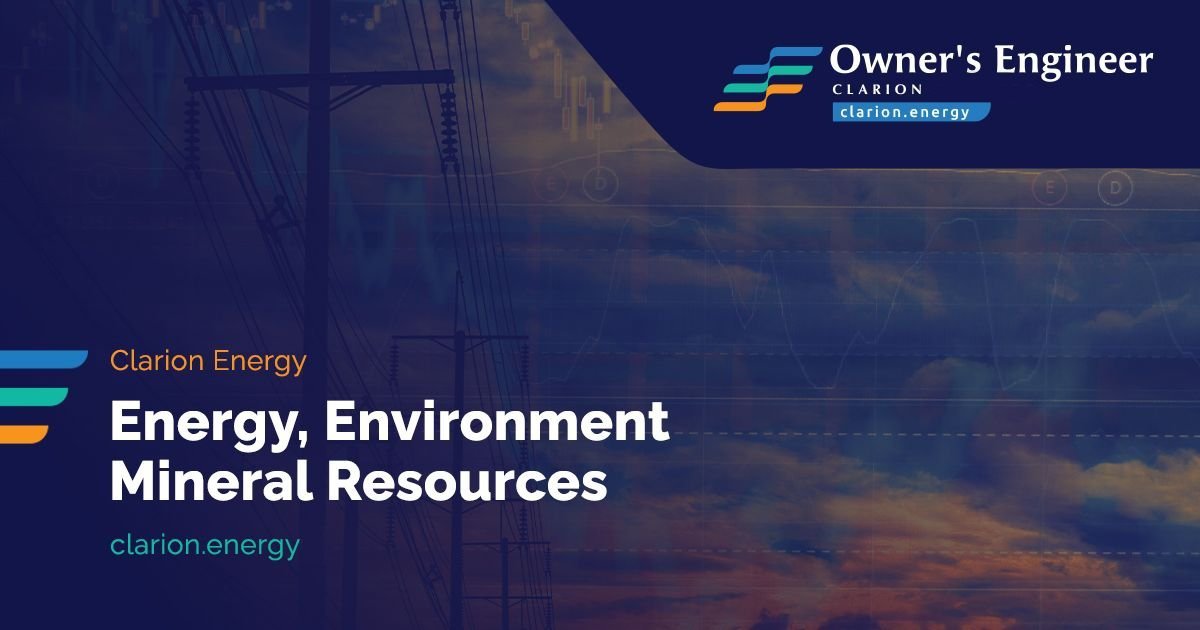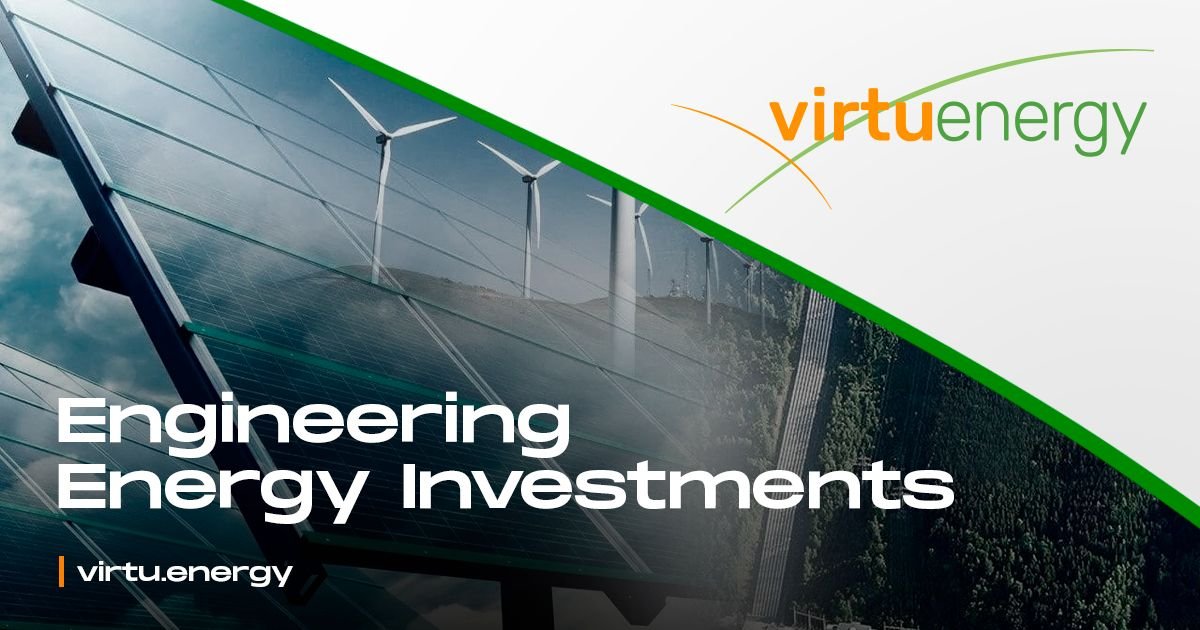A second shipment of pipeline segments for Bulgaria’s section of the Vertical Gas Corridor has arrived at the port of Burgas, marking significant progress in the strategic energy project aimed at enhancing regional energy security and establishing Bulgaria as a key gas hub in Southeastern Europe.
The delivery included 2,526 pipes from India, which will be used in the next phase of construction. The first shipment, received in late March, has already supported ongoing work along the 48-kilometer Kulata–Kresna section, where trenches have been excavated, pipe segments installed, and several welds completed. Archaeological surveys are currently being conducted on the remaining 6 kilometers of this segment, which is expected to be completed by the second quarter of 2026.
The following phase of the project spans roughly 61 kilometers between Rupcha and Vetrino. Construction permits for this section are expected by late July or early August. This route presents technical challenges, as it will cross a portion of the Balkan Mountains, three rivers, and the Hemus motorway. The Bulgarian government plans to have the entire pipeline operational by the end of 2026, which would enhance capacity at the Bulgaria–Romania interconnector and increase transit revenues.
A third shipment of pipes is expected to arrive by early August. Bulgartransgaz, Bulgaria’s national gas transmission operator, is working with international partners to develop a unified tariff system for gas flowing through the new corridor.
Supported by Greece, Bulgaria, Romania, Hungary, Ukraine, Moldova, and Slovakia, the Vertical Gas Corridor aims to diversify energy supply routes and bolster Europe’s energy resilience. Bulgaria’s portion of the corridor includes three main segments: Kulata–Kresna, Piperevo–Pernik, and Rupcha–Vetrino. In June 2024, caretaker Prime Minister Dimitar Glavchev and Energy Minister Vladimir Malinov attended the signing of two major contracts worth nearly 250 million euros between Bulgartransgaz and Bulgarian-American consortiums. These agreements cover land use planning, engineering design, procurement of materials, construction, and commissioning of the expanded transmission network.












